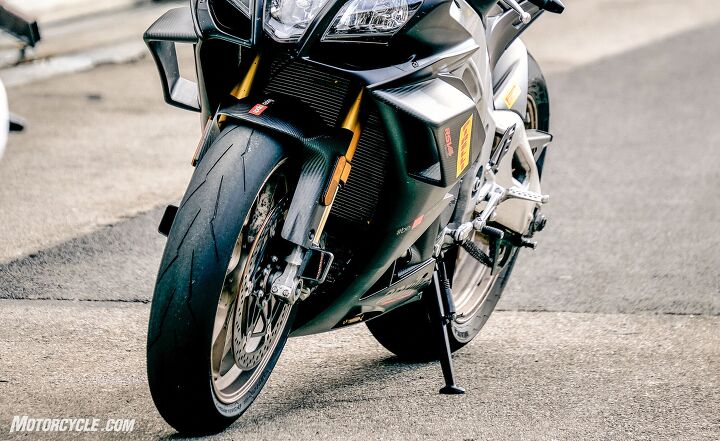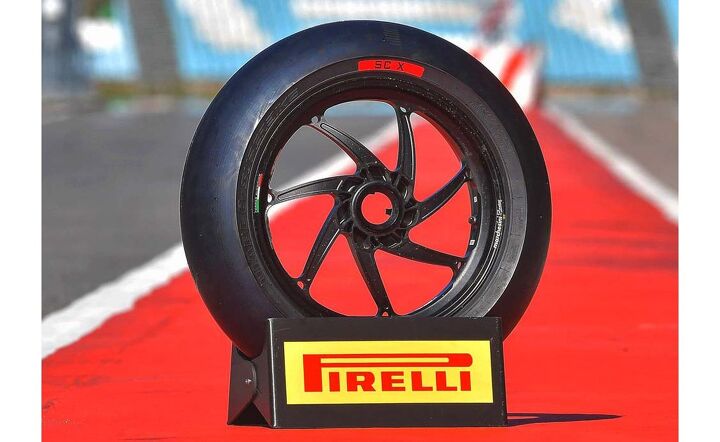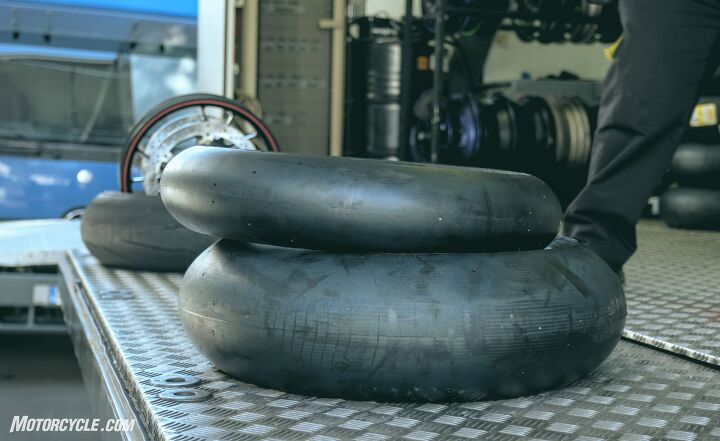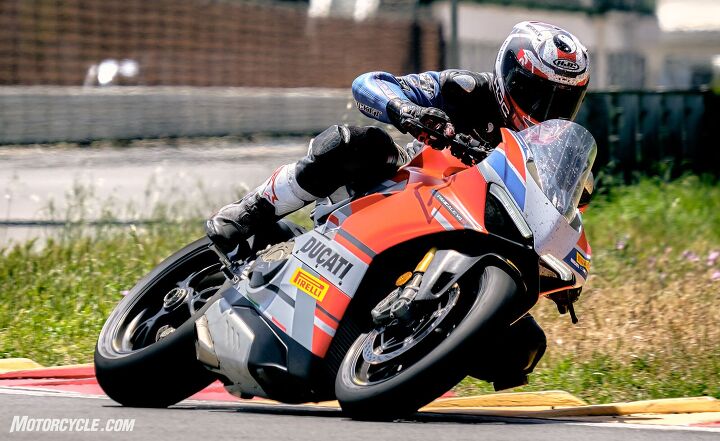Race bikes evolve constantly, so the tire manufacturers must race to catch up. Race tires evolve further, passing the race bikes, but eventually allow them to catch up and get back on track. And this motorcycle of life, goes around and around and around, like a dropped forged wheel.
The most brilliant part of this artificial selection, however, is when we get to take control over both of their offspring, then reintroduce them to the natural order of things, ourselves, in the likeness of street legal sport bikes and tires.
I recently had the pleasure of testing Pirelli’s latest high-performance sport bike tires around an ultra-fast short circuit in Southern Sicily called The Autodromo di Pergusa. The motorcycles used for the two-day shakedown included the current top-shelf liter-bikes from Aprilia, BMW, Ducati, Kawasaki, Suzuki, and Yamaha (read about how these motorbikes compare here).
Seven Liter Bikes That Left Me Weak In The Knee Pucks
For two days, a handful of journalists and I got to take turns sampling Pirelli’s reborn Diablo Supercorsa SP, Supercorsa SC, and Superbike Slicks.
Diablo Supercorsa SP
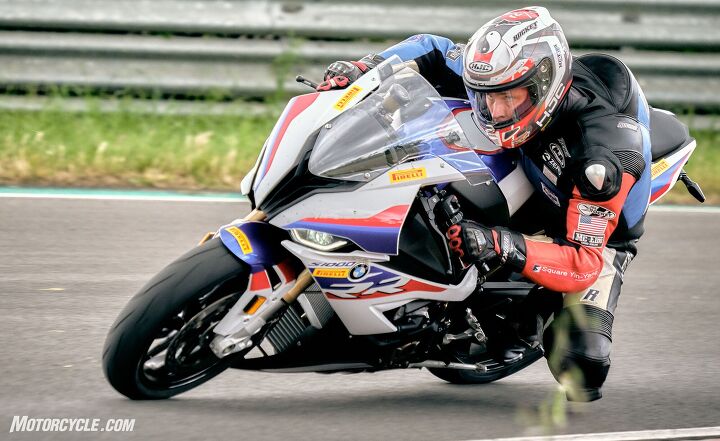
Want a street tire that can handle the pressures of commuting and dish out what used to be track capabilities that used to be the province of race-only tires?
Now in its third generation, the Supercorsa SP (V3) is Pirelli’s highest performing “race replica” solution approved for road use. The new SPs were conceived from the factory with a demeanor ferocious enough to take on full-tilt track days, while also bearing qualities versatile enough to slay daily commuting delights, regardless of road temperature.
Developed closely alongside Ducati, the latest Pirelli SP was devised to work harmoniously with the many advanced electronic rider aides found on high-level sport bikes, like the Ducati Panigale V4. The new SP is, in fact, original equipment for all of Ducati’s new V4s.
The contemporary SPs feature a new tread design, profile, and structure, which are nearly identical to Pirelli’s full-race supersport offerings. The rear tire is a bi-compound and, for the first time by Pirelli, made from a blend of pure-racing compounds. The front is a mono-compound with the thicknesses optimized precisely using a new automated process.
The tires were quick to heat up (maybe half a lap?), then after many laps on many different bikes shod with these Supercorsa SPs (all tire sizes and air pressures determined by the bike manufacturers), I thought the tires worked excellent and were a noticeable improvement over the SP V2s.

“Two times per lap you’re scraping your knee in sixth gear, 1000cc, flat out, at full lean…” —Mark Miller, riding Pirelli Supercorsa SP tires at Autodromo di Pergusa.
I could get on the brakes late then back on the gas early and feel exactly what both ends of the bikes were doing. The high-speed stability was solid, and the edge grip sticky. But my biggest surprise with the SPs was just how well they trail-braked from the circuit’s fast straights and into its very slow chicanes. Just as stable and confidence inspiring as any OEM tires could ever hope for.
Between the tire’s new multi-radius profile and larger contact patch, its new compounds, and the new 4% full/void ratio and eight-step, angular “flash” geometry water-grooves, the performance of these road-going tires – when mounted to our state-of-the-art sport bikes – seems to me to be on par with most of the best full racing DOTs from just a few years ago, but I reckon our ever-improving TC and lean-sensitive ABS systems could be held responsible for a good percentage of this improved feedback. Either way, Pirelli’s latest road-going SP’s check all of the boxes: good grip, feel, and stability for our modern sport bikes aimed at the streets and canyons.
Diablo Supercorsa SC
Completely redesigned from the ground up, the main goals Pirelli set out to accomplish with its third generation of Supercorsa SC (V3) grooved tires were to build them with increased consistency and improved ‘mechanical resistance’.
Unlike the SP’s, these “intended for the track” SC’s are available in various compounds in order to optimize different types of asphalt, weather conditions, and riding styles.
Funnily enough, most people probably don’t know that tire manufacturers recommend race teams run softer front compounds and harder rear tire compounds when it is cold outside.
Pirelli’s thinking is, “Generally speaking, when the track temperature increases, the compound tends to lose its compactness and rigidity, sometimes causing problems in movement during leaning. In this case, it is better to use a more rigid compound (such as the SC2).
“On the other hand, when the track is cold, the compound tends to become more rigid and this leads to a penalty with regards grip, with possible under-steering and stability while braking. In these conditions it is better to use a soft compound such as the SC1.
“The SC3 compound, on the other hand, is the most versatile in that it allows for good performance and high mileage in all asphalt and track conditions.
“As for which rear compound to use, hot asphalt loses part of its natural mechanical grip, becoming smooth and more ‘slippery’. In these conditions a soft compound (such as the SC0) is necessary, as it can penetrate the asphalt surface as much as possible.
“Cold asphalt, on the other hand, tends to be more aggressive and rougher, offering more mechanical grip which, while on the one hand is an advantage, on the other hand it can cause the tyre to rip and tear, therefore requiring a compound with more mechanical resistance (such as the SC2 or SC3).”
A little weird, right?
I can tell you, the SC1’s we were given to try in Sicily offered later braking and even better edge grip than the street-bound SP’s – allowing those few extra miles-per-hour through the fastest sweepers and that tad extra percentage of g-force through the slowest corners before they’d break loose and slide – especially when brand new.
Then when they do eventually slide, you can feel the extra velocity you’re carrying at any given point on the race track and can hear the extra RPM the engine is revving. The forward lunges the bike also makes on hard acceleration are further just gobbling up tenths of a second in superior lap-time over the “intended for road use” alternatives.
These are all small differences to be sure, just fractions of seconds everywhere, but if the name of the game is to gather up all the possible advantages you possibly can, then you’ll win with SC equivalents.
The cool thing about simply adding stickier rubber to an existing motorbike package you’re already familiar with – and without changing a damn thing else, is that your lap times drop – it can almost do your head in when you realize that maybe adding lighter wheels, or factory Öhlins suspension w/ stiffer triple-clamps, full titanium bolts, or $8000 Brembo WSBK mono-block brakes, will almost with mathematical certainty improve your lap-times, even when you’re the same exact rider both times.
But swapping tires for superior ones is amongst the easiest mods to try first.
ONE NOTE OF CAUTION: Once I got cocky (and cheap) and thought it’d be a bright idea to install a set of my own race-only DOT take-offs onto my beloved street-going, quite tidy, sport bike at the time. The very next morning after having the tires installed by a friend, I threw my leg over my precious baby, rolled down my driveway, turned up my street, gave her 5% throttle, and high-sided.
Race tires don’t work when they’re cold, stick to tires that are designed for the street!
Diablo Superbike Slicks
Pirelli’s newest line of “NHS” (Not for Highway Service) slicks now offer improved compounds and have added a recently developed SCX ultra-soft compound choice for use in WorldSBK qualifying. Optional larger sizes of 125/70 fronts and 200/65 rears are also being offered now, in limited compounds, but with more on the way.
Pirelli slicks can be purchased by the public (generally at a race track) and have been designed with a “Plug&Play” approach in mind, utilizing 17″ wheels with standard widths, standardized rolling diameters (as not to grossly affect your gearing or suspension setups, etc).
Pirelli claim their latest constructions and profiles promote faster warm-ups, better maneuverability, greater stability, superior grip, and increased consistency.
Quite remarkably, Pirelli advance their next-generation pure-race tires through a combination of extensive internal testing by its own staff riders (using many in-house, highly-tuned Superstock machines, etc.), an out-sourced dedicated testing group using contracted professional racers (using resident full-tilt Superbikes, etc.), official tests for WSBK (the pro teams using their own race bikes), as well as by continually logging feedback given by the pro riders from World Superbike, World Supersport, 300 Cup, World Endurance Championships, BSB, etc.
It’s crazy the amount of work that goes into producing the next generation of racing rubber. I wonder how many racers, at all levels, actually give this a lot thought? “They put the newest tires on my bike, and they miraculously work better every year!”
Cool stuff… Behind the scenes.
Riding on slick tires is a special experience. I remember my first slicks.There’s something about knowing these were made for the race track. They are the ultimate expressions from the tire gods, their best effort. The most amount of rubber touching the tarmac, the least amount of over-engineering built in to accommodate very large owners of a ZX-14 crossing the largest train tracks – like they would for a street tire.
I think there is a physiological aspect to running slicks on your bike, probably more than any actual performance advantage a slick tire would give you over a top-shelf DOT from today’s age.
But it’s a slick. I mean, it’s the nearest my RSV4 will ever get to being a 500cc Grand Prix machine, right?
One thing you’ll notice pretty quickly when riding on slicks for the first or five-thousandth time, is your bike will seem to know no limits of lean angle. Once those suckers are hot, you’re going to scrape off your foot pegs clean, then the bottom of your exhaust s-pipe – and don’t even think about saving your lowers – they’ll all go before you run out of tire on the side of a slick. “Merde! Merde! Merde! I still have chicken strips left, I don’t believe it.”
You’ll also feel that physics change, when braking very hard “into” a front slick. The contact patch seems three times larger than normal, like a soft firm cushion of love, looking after you, keeping you safe. Slowing you down. “I got you. I’ve got the baby.”
It’s beautiful.
Then the fat part of a rear slick, under a mental amount of acceleration, just digs in, and violently tears itself to shreds, creating unbearable heat, sacrificing itself, dutifully, so you can selfishly experience that addictive rush, once again.
Slick tires have been very loyal to me and kept me alive. And, I appreciate that.
You really should try them at least once in your life.
Around Pergusa, Pirelli’s latest NHS tires offered everything you’d hope for in a slick; improved grip, greater maneuverability, more precise lines, and – maybe most importantly – the psychological edge you get when you know you’ve got very best along for the ride, double-daring, triple-daring you, to be more daring. On the race track. They’ve got the baby.
I am very impressed with Pirelli’s latest range of high performance tires tested in Sicily. True story.


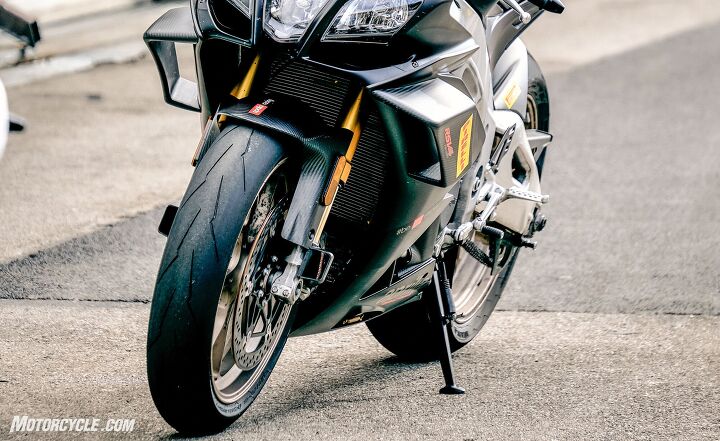

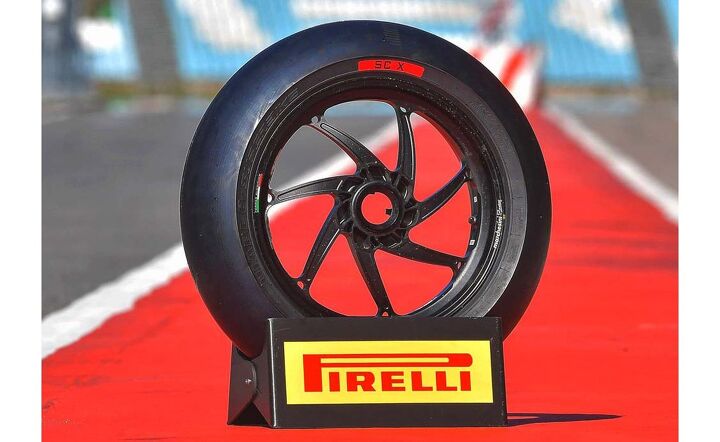
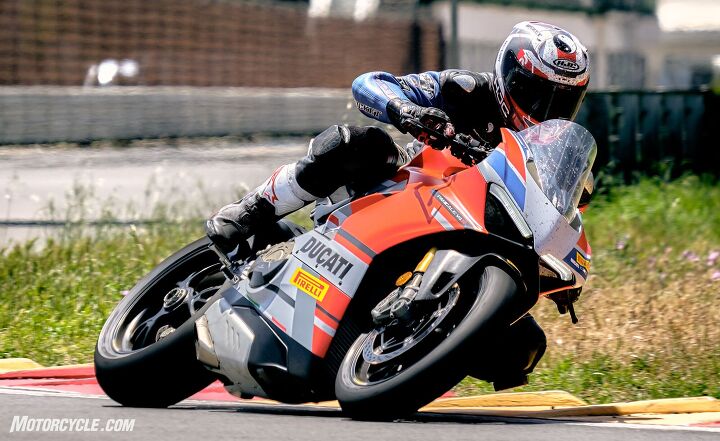
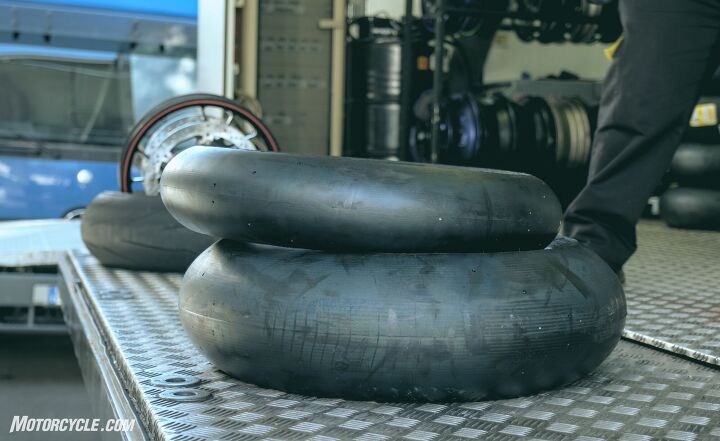
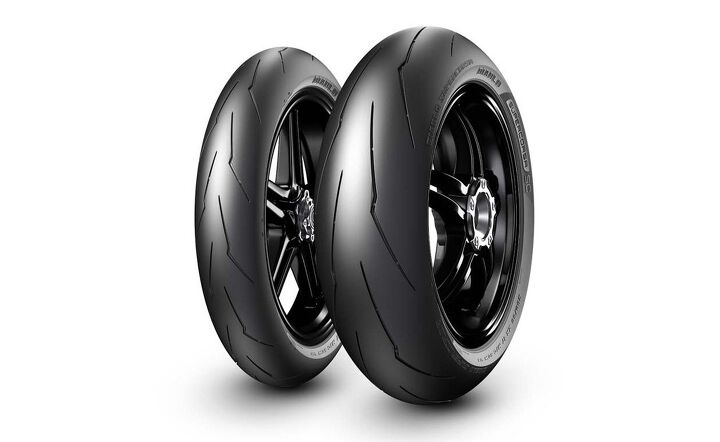

The post Riding The Pirelli Diablo Supercorsa Tire Range appeared first on Motorcycle.com.
【Top 10 Malaysia & Singapore Most Beautiful Girls】Have you follow?

